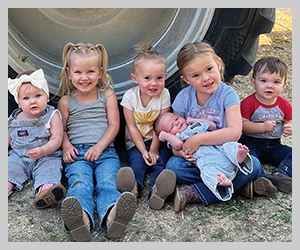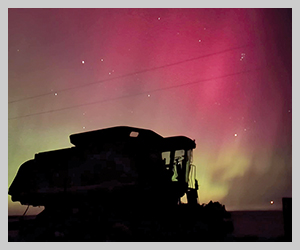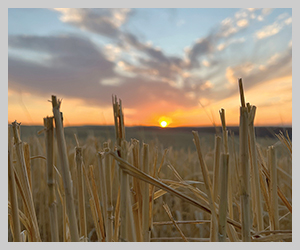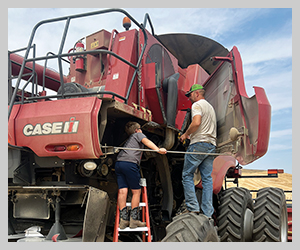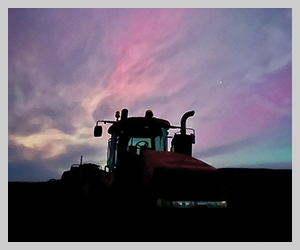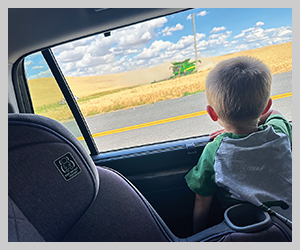Riparian buffer taskforce report released Wheat industry representatives emphasize need for sound science, voluntary measures
2023February 2023
By Trista Crossley
Editor
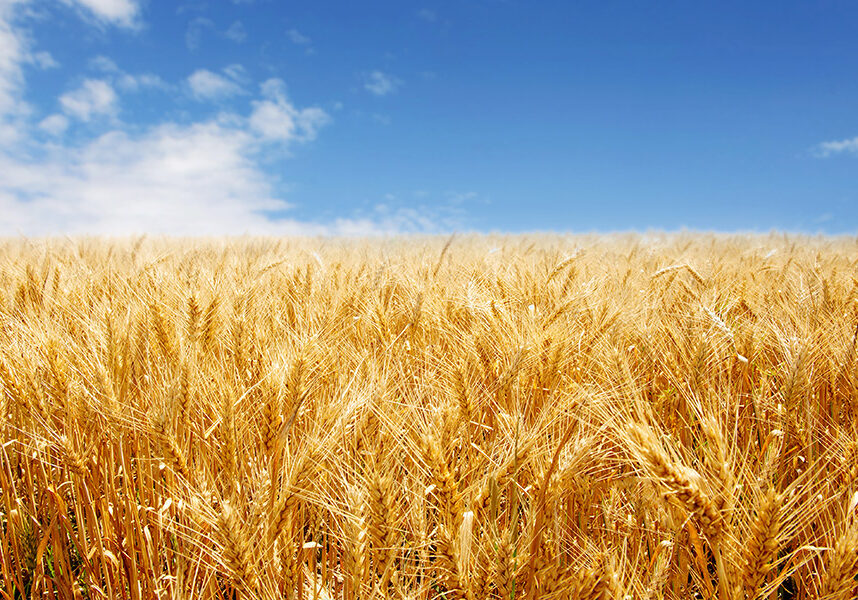
Washington Gov. Jay Inslee’s riparian taskforce’s final report was released in December and contains a number of recommendations developed through discussions by a wide variety of stakeholders, including wheat industry representatives.
Michelle Hennings, executive director of the Washington Association of Wheat Growers (WAWG); Ben Adams, past president of WAWG and a Douglas County grower; Diana Carlen, WAWG’s lobbyist; and Mark Streuli, lobbyist for the Washington Grain Commission, participated in three roundtable discussions in the last quarter of 2022. The discussions also included representatives from the Tribes, legislative leadership, local governments, commercial and recreational fishery organizations, business organizations, and environmental organizations. The process was facilitated by Plauché & Carr.
“This is a very complicated issue that could have long-lasting and potentially devastating impacts on growers, so we wanted to make sure that the wheat industry and agriculture as a whole had a voice in this taskforce,” Hennings said. “We emphasized the need to fully fund existing voluntary programs, like the Voluntary Stewardship Program, which we believe can be extremely effective tools for restoring and maintaining fish habitat. We also emphasized that farmers need to be fairly compensated for any land that is taken out of production and that all standards must be based on best available science.”
The recommendations identified in the report included:
- Existing, functioning riparian areas should be protected by implementing the Washington Department of Fish and Wildlife’s Riparian Guidance (2020), including using the 200-year site potential tree height as the buffer standard in local land use regulations.
- Recognize that it may not be feasible to achieve the 200-year site potential tree height as the buffer standard in all riparian corridors and that lesser efforts can still provide significant improvements to riparian habitat.
- Significantly increase funding of existing voluntary incentive programs to address riparian protection goals consistent with the 200-year site potential tree height, while recognizing exceptions; encourage the use of programs like the Commodity Buffer Program in more conservation districts; provide incentives so that compensation paid matches market rental rates and commodity pricing; and where feasible, focus on streams listed by the Washington State Department of Ecology as being impaired.
- Work with the federal government to modify federal voluntary programs, like the Conservation Reserve Enhancement Program, to better align with state programs.
- Fund and convene a new incentive program focused on improving riparian habitat for salmon and steelhead recovery that establishes firm, readily measurable goals and that establishes a regulatory program that will go into effect if those goals are not achieved by Jan. 31, 2024.
- Establish and fund a robust monitoring program.
- Consider legislation that would designate a single, cabinet-level agency to act as the lead agency for salmon recovery.
The taskforce was funded during the 2022 Washington State Legislative Session after legislation requested by Inslee failed to pass out of committee. That legislation would have imposed a requirement to restore and protect public and private property located in riparian management zones and required buffers around waterways that could reach up to 250 feet in some places, potentially taking large amounts of agricultural land permanently out of production while offering limited compensation in return. Another riparian protection bill has already been introduced in the 2023 Legislative Session, but this time, it sets up a voluntary grant program, rather than implementing mandatory buffers.
The full report can be downloaded at http://bit.ly/3H7PDoD.
Concerns with the science
Besides the mandatory vs. voluntary aspect of the riparian buffer issue, one of the wheat industry’s biggest concerns is they don’t believe the recommendations are based on the best available science, a point that was brought up during the roundtable discussions. This concern is shared with other agricultural stakeholders.
The recommendations in the final report are based on two Washington Department of Fish and Wildlife (WDFW) publications, “WDFW Riparian Ecosystems Volumes 1 and 2 (2020) (WDFW Riparian Guidance (2020),” which is where the 200-year site potential tree height and buffer width recommendations come from.
“We don’t agree that the information published by WDFW is the best available science, and we don’t believe that that is the standard that all riparian buffer measurements should be based on,” Hennings said. “There is too much at stake for landowners and producers. We need more research and a more flexible approach that will take into account site-specific conditions.”
After the final report was released, several agricultural stakeholders on the taskforce signed a joint letter to Plauché & Carr, thanking them for their work and sharing some thoughts. Besides Hennings, Carlen and Streuli, the letter was also signed by leaders from the Washington Farm Bureau, the Washington State Dairy Federation, the Washington State Potato Commission and the Washington State Tree Fruit Association.
“While the issues in front of the taskforce are complicated, both scientifically and politically, we believe there are opportunities for meaningful progress. We continue to hold to the belief that both agriculture and salmon are important and that protecting the future of both need not be mutually exclusive,” the letter states.
In the letter, the agricultural stakeholders support continuing a facilitated dialogue with meetings in different areas of the state; increased funding for existing voluntary incentive programs; and the recognition that there are many factors affecting salmon, including ocean conditions, overfishing by foreign-flagged vessels and the health of Puget Sound.
Legislation proposed
A new riparian protection bill (SB 5266/HB 1215) has been introduced in the 2023 Legislative Session, but this time, it sets up a new voluntary grant program as opposed to the mandatory buffers in the previous legislation. While Carlen notes that the new legislation is an improvement from last year’s bill, it still relies on the WDFW publications as the best available science and there’s not enough focus on working with landowners.



